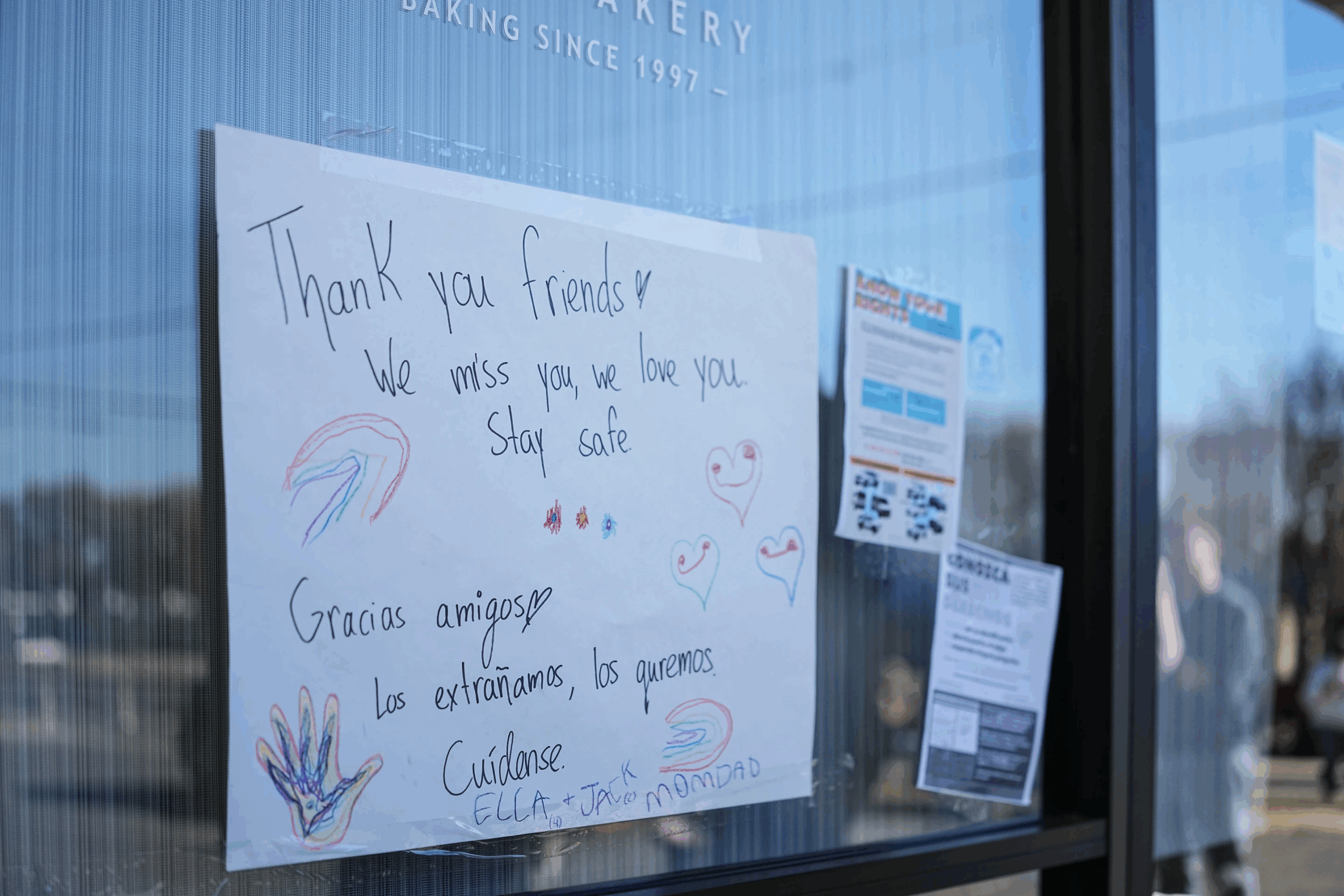A conversation from last month’s Forum On The Hill series explored how access to high-quality childcare is getting both more expensive and difficult to find, posing challenges for working families.
Access to high-quality childcare sets kids up for a lifetime of success, said Research Director at NC Child Neil Harrington during the ‘The Crisis Within Childcare’ panel – as it encourages positive social, emotional, cognitive, and physical development. And while access to care is crucial for working families, he said it is not always something they can afford.
The price of childcare has more than doubled since 2000, Harrington explained, outpacing the cost of other expenses, like housing and groceries. Currently, the state average for childcare is about $13,000 a year, and it is even higher in Orange County, he said.
And that is if parents can secure a spot for their child. Independent nanny and childcare advocate Anne Sutton Gray said waitlists for infant care can be up to a year long nationwide.
“Daycares are saying that parents should get on a waitlist as soon as they find out they’re pregnant, which can be scary if you didn’t know that,” she said. “And costs are more than mortgages, and the staff still are not paid a living wage.”
Gray said childcare programs are struggling to attract and maintain a high-quality staff, resulting in fewer programs at higher prices.
It is a crisis currently leaving one in three families struggling to find childcare, and Gray said because families typically move to the Triangle for work, they usually do not have additional family members around to help with coverage.
“It seems like an easy fix, “Oh, just have the grandparents take care of them,’ but that’s just not reality for most parents,” she said. “So they’re ready and willing to put their kids into a high-quality care situation that’s just not available to them.”

From left to right, Neil Harrington, Kailyn Boigner, and Anne Sutton Gray stand with 97.9 The Hill’s Andrew Stuckey during their 2024 Forum On The Hill panel on childcare.
According to a North Carolina Chamber of Commerce study, the childcare issue costs the state about $5.65 million per year. And Harrington said the majority of the loss is a direct result of parents dropping out of the workforce to take care of their kids.
Across North Carolina, last year saw about 100,000 fewer workers of young kids in the workforce than there were four years ago, the research director said.
“Businesses across the state are struggling to hire workers, but we have this pool of workers that could be working, and many want to work – but they’re not, because they’re dealing with childcare issues,” Harrington said.
Gray described the crisis as a systemic issue, needing long-term, sustainable funding sources to solve.
“Because the parents can’t pay any more than they’re paying, that’s true. So we have to go beyond that,” she said. “We need help from our local government, from big foundations. We’re going to have to get a little creative there.”
For example, Gray suggested having the county pay for more spaces to host childcare programs, stating how the funds typically reserved for mortgage and rent costs could be redirected towards raising staff wages.
Even after-school and summer organizations feel the strain of the childcare industry. Senior Youth Director for the Chapel Hill-Carrboro YMCA Kaitlyn Boigner said a lack of space to host programs is currently the facility’s biggest challenge.
“We are bursting at the seams with kids,” she said. “When it comes to our on-site programs, we have over 200 kids there in a day, and when we’re sharing a space with people who are working out, and when we have that limited ability to go into other spaces, it really makes it tough to scale up when we do see a need, and we would love to scale up and create more access.”
Since 2021, Harrington said North Carolina Child Care Stabilization Grants have helped childcare providers stay open, raise wages for staff, and ultimately serve more families. He said more support like this towards childcare providers will be a big step in solving the crisis.
And it is crucial to solve it, the research director continued, citing how high-quality childcare sees positive developmental and educational impacts, like higher reading scores, graduation rates, and lifetime earnings.
But Boigner also encouraged investing in community-supported programs, monetarily or through volunteer efforts.
“Our kids matter, and our kids deserve a safe, positive place to go after school and to go when they can’t be in the care of their parent or guardian,” she said. “These kids are the future, and so we should give them the attention and the resources they deserve.”
To hear the full discussion of the ‘Crisis Within Childcare’ panel, visit Chapelboro’s Forum On The Hill page.
Chapelboro.com does not charge subscription fees, and you can directly support our efforts in local journalism here. Want more of what you see on Chapelboro? Let us bring free local news and community information to you by signing up for our newsletter.






